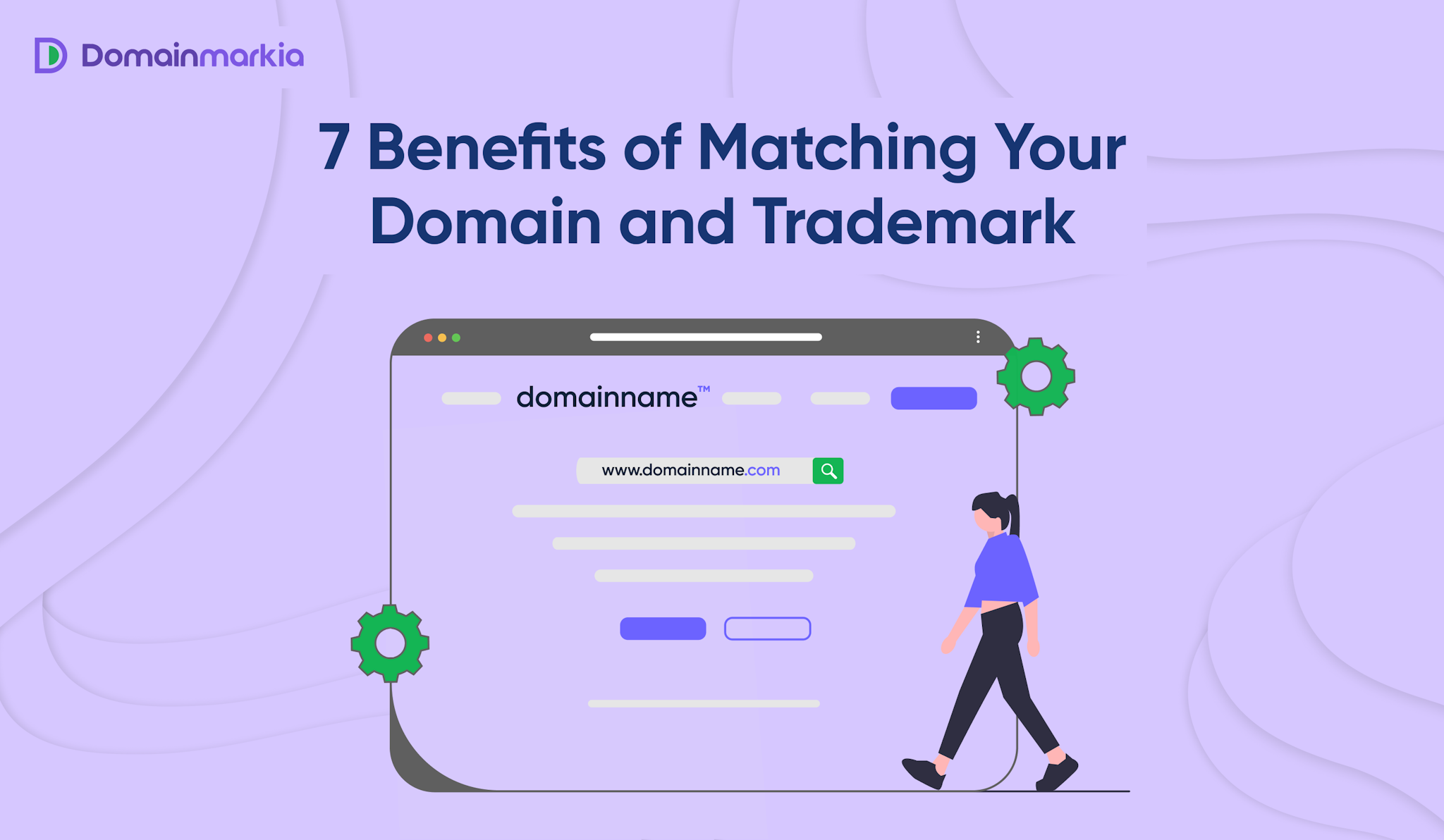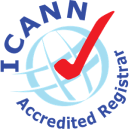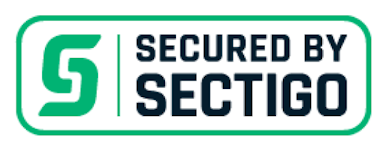In the ever-expanding universe of the internet, where millions of websites coexist and compete for attention, understanding the structure and significance of domain names is crucial.
At the core of this structure are Top-Level Domains (TLDs), the vital components of web addresses that reside right after the final dot.
This article delves into the world of TLDs, exploring their types, purposes, and the intricacies of how they shape our experience and understanding of the digital world.
Each TLD carries a unique significance and serves a specific role, from the familiar .com to the country-specific .uk and the specialized .gov.
TLDs explained
Top-level domains (TLDs) are the last segment of a domain name, located after the final dot.
These domain extensions play a crucial role in the structure of the internet by categorizing websites based on:
- Their purpose,
- Geographical area,
- Or the organization type they represent.
What are the different types of TLDs?
Want to learn about the different types of TLDs? Let's explore this next:
Generic top-level domains (gTLDs)
Generic top-level domains (gTLDs) are the most widely recognized and utilized TLDs, and:
They're available for public registration.
They don't have specific geographical or thematic restrictions, making them accessible to a broad audience.
This category includes prevalent domains like:
- .com: Initially intended for commercial businesses, .com is now the most common and versatile TLD used by various sites.
- .org: Often associated with nonprofits and organizations but open to any entity.
- .net: Originally for network infrastructures, now a general-purpose domain.
- .app: Targeted towards apps and app-related services.
- .blog: Ideal for bloggers, writers, and content creators.
- .cloud: Frequently used by cloud-based services and tech companies.
These gTLDs provide flexibility and have become synonymous with online presence, offering broad appeal for various online ventures.
Country code top-level domains (ccTLDs)
Country code top-level domains (ccTLDs) are two-letter domains designated for specific countries or territories. They play a critical role in localizing content and services.
They indicate a website's association with a particular region, which can be pivotal for businesses targeting local markets.
Some examples are:
- .uk: The designated ccTLD for the United Kingdom.
- .jp: Represents Japan, commonly used by Japanese entities.
- .ca: Specific to Canada, emphasizing a Canadian connection.
These TLDs are particularly important for businesses and organizations aiming to establish a strong regional presence and relevance.
Sponsored top-level domains (sTLDs)
Sponsored top-level domains (sTLDs) are specialized domains managed by specific organizations or communities with defined criteria.
They cater to specific sectors or groups, enforcing rules that limit who can register them.
Notable examples include:
- .edu: Exclusively for educational institutions, mainly used in the United States.
- .gov: Reserved for United States government entities and agencies.
sTLDs help internet users identify websites' affiliations and purposes, offering a level of assurance about the content or services provided.
Infrastructure top-level domains (ARPA)
The .arpa domain is a special-use TLD primarily used for technical infrastructure purposes.
It plays a crucial role in the internet's underlying architecture, particularly for the reverse domain name system (DNS) lookup process.
This domain is not available for public registration and is strictly managed for its intended technical use.
Reserved top-level domains (TLDs)
Reserved TLDs are domains unavailable for general registration as they're reserved for specific technical, policy, or documentation purposes.
These include:
- .example: Used for illustrative examples in documentation.
- .localhost: Reserved for use in local testing of software.
- .test: Allocated for testing purposes.
A reserved top-level domain ensures a safe and standardized environment for developers and engineers to test and document systems without impacting the live internet.
Generic-restricted top-level domains (grTLDs)
Generic-restricted top-level domains (grTLDs) occupy a middle ground between gTLDs and sTLDs.
While they have certain registration restrictions, they aren't as tightly controlled as sTLDs, allowing for broader but somewhat targeted usage.
Examples include:
- .biz: Intended for business use, offering an alternative to the .com domain.
- .name: Primarily for individuals' names, nicknames, screen names, or other identifiers.
grTLDs provide options for users seeking domain names that reflect their business or personal identity while adhering to certain guidelines.
Is the choice of top-level domain (TLD) important for SEO?
The impact of your top-level domain (TLD) on Search Engine Optimization (SEO) can be subtle yet significant in specific contexts.
Search engines like Google state that they treat most TLDs equally for ranking purposes.
However, the choice of a TLD can still influence how users perceive your website, which indirectly affects SEO.
For example:
Some domain extensions can convey a sense of professionalism or industry relevance.
A .law or .tech domain might be more immediately relevant to legal or technology-related content, respectively.
This relevance can increase user trust and engagement, which are critical factors for SEO.
Country code top-level domains (ccTLDs) like .uk or .jp strongly signal to search engines and users that a website is geographically targeted.
Using a ccTLD can improve your visibility in local search results if your website targets a specific country.
However, a country code top-level domain might limit your global reach.
Conversely, generic TLDs like .com or .org are more globally recognized and can help a site rank in international search results.
Learn more: Get up-to-date information on domain names on our blog!
Why do different top-level domains (TLDs) exist?
Different top-level domains (also known as domain extensions) exist primarily to bring order and structure to the vast expanse of the internet.
This makes it more navigable and logical for users and systems alike.
TLDs help categorize websites based on their purpose, type of entity, or geographical location.
For example, .com domains often indicate commercial entities, while .gov denotes a government institution.
This categorization helps users quickly identify a website's nature, contributing to a more intuitive browsing experience.
A country code top-level domain (ccTLD), like .uk for the United Kingdom or .jp for Japan, provides geographical identity.
These domain extensions are crucial for organizations and entities that want to emphasize their local presence and relevance to a particular region or country.
And that's not all:
The proliferation of TLDs has significantly expanded the pool of possible domain names.
This expansion is essential given the internet's growth:
It alleviates the scarcity of available names in popular domains like .com or .net.
Finally:
Some TLDs, especially newer, generic TLDs (gTLDs) like .photography or .guru, offer opportunities for specialization and branding.
They allow businesses and individuals to choose a domain name that aligns closely with their brand identity, industry, or interest area, immediately making their website's purpose apparent to users.
Who manages the different top-level domains (TLDs)?
Various specialized organizations, commonly referred to as registries, oversee the management of different top-level domains (TLDs).
These registries are responsible for the maintenance and administrative aspects of the TLDs.
The Internet Corporation for Assigned Names and Numbers (ICANN) is the overarching organization that coordinates the global Domain Name System (DNS).
A designated registry manages each TLD, such as .com, .net, .org, or any country code TLD like .uk or .jp.
These registries handle the operational aspects of domain registration, including maintaining a central database of registered domain names within their specific TLD.
For instance, Verisign manages .com and .net TLDs, while the Public Interest Registry manages the .org domain.
Country code TLDs are managed by designated local organizations within each country, ensuring that each TLD is operated in accordance with national needs and policies.
What is the Internet Assigned Numbers Authority (IANA)?
The Internet Assigned Numbers Authority (IANA) coordinates critical elements that keep the internet running smoothly worldwide.
They manage the DNS Root, IP addressing, and other critical Internet protocol resources.
Part of their role involves managing the DNS Root Zone, including assignments of country code top-level domains (ccTLDs) and generic top-level domains (gTLDs).
This is along with overseeing the .int and .arpa zones.
Additionally, IANA coordinates the global IP and AS number spaces and is the central repository for protocol name and number registries used in many internet protocols.
How do you choose the best TLD for your website?
Choosing the best domain extensions for your website/s depends on the following:
- Your brand,
- Target audience,
- And the purpose of your site.
If you opt for a ccTLD, consider factors like recognition, memorability, relevance to your audience or industry, and any geographical implications.
Ready to register your domain? At Domainmarkia, we offer fast and affordable domain registration services — just a few clicks away!
FAQs
What is the purpose of a top-level domain?
The purpose of a top level domain (TLD) is to help organize and navigate the internet by categorizing websites based on their nature, owner, or geographic area. TLDs are part of the domain name system (DNS) and are located at the end of a website's address, aiding in identifying the purpose or origin of the website.
What is an example of a top-level domain?
An example of a top level domain is ".org", which is commonly used by non-profit organizations and charities to signify their non-commercial nature.
Is .com a top-level domain?
".com" is a top level domain. It's one of the most recognized and widely used TLDs, originally intended for commercial entities but now available for general use.
Which is the most trustworthy top-level domain name?
No top level domain is inherently more trustworthy than others, as trustworthiness depends on the individual website and its owner. However, some TLDs like ".gov" and ".edu", restricted to government and educational institutions respectively, may imply a certain level of credibility.
Who owns top-level domains?
Top level domains are owned by organizations or entities that manage their registry, often under the supervision of the Internet Corporation for Assigned Names and Numbers (ICANN). These entities have the authority to distribute domain names under their respective TLDs to users around the world.















